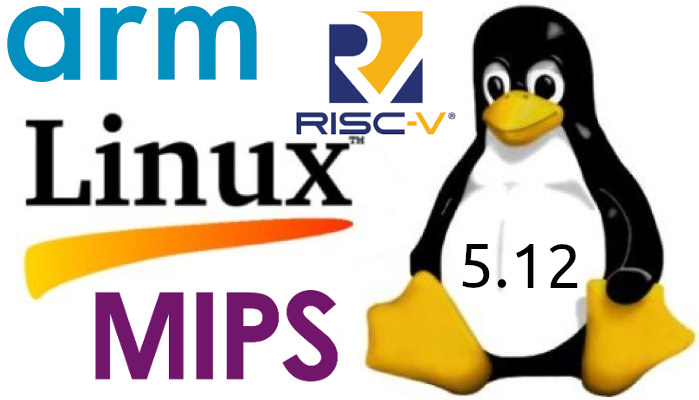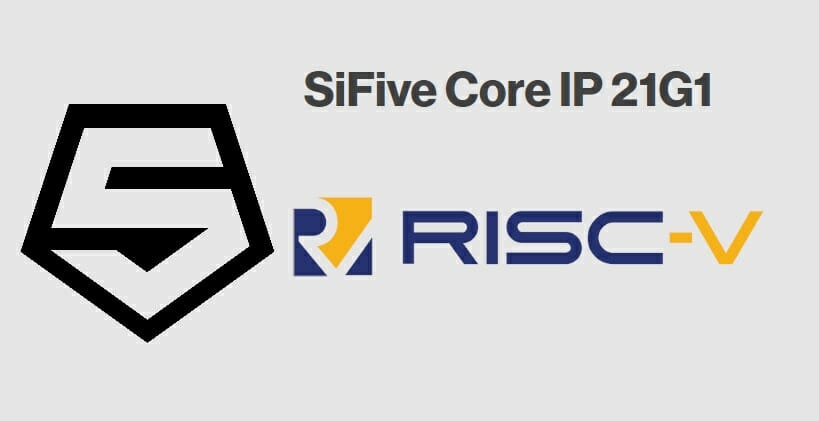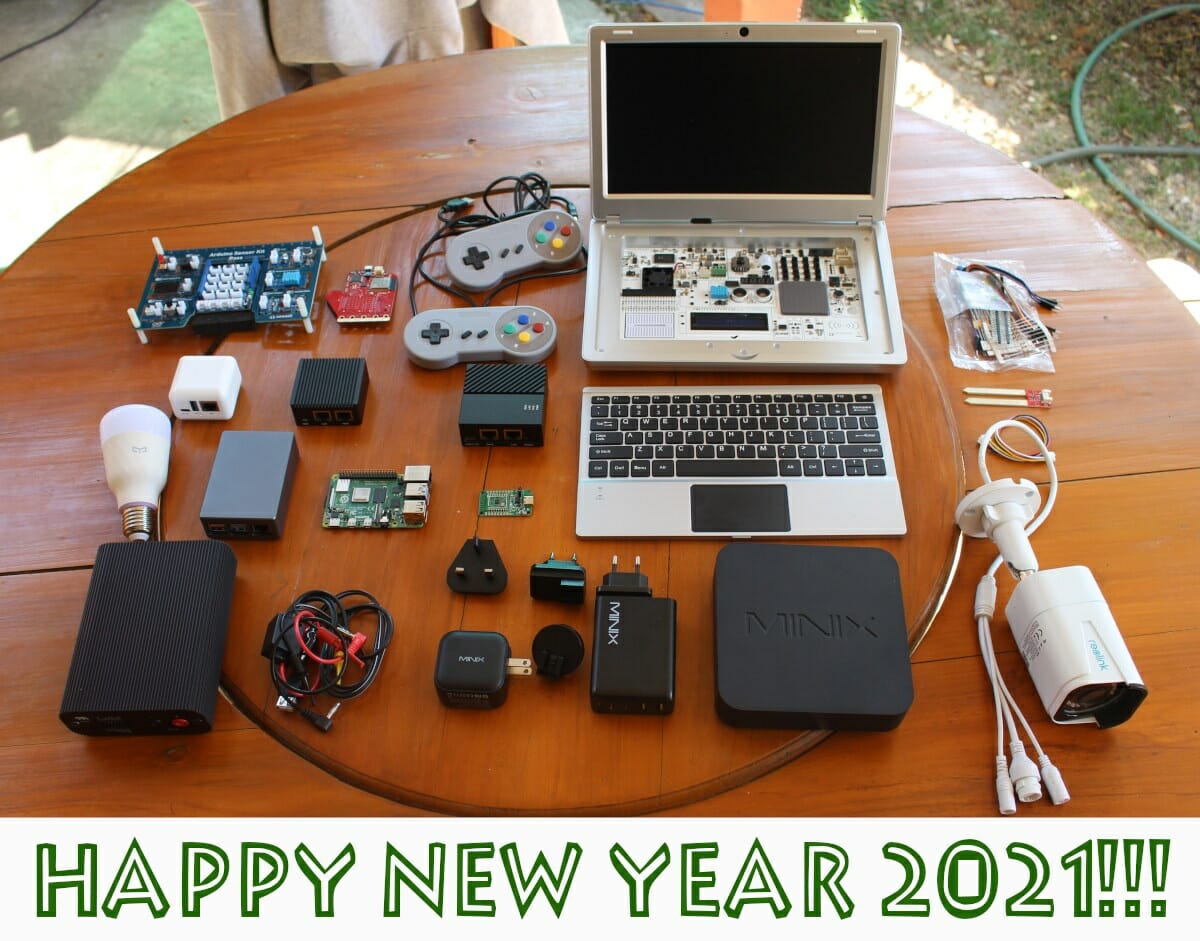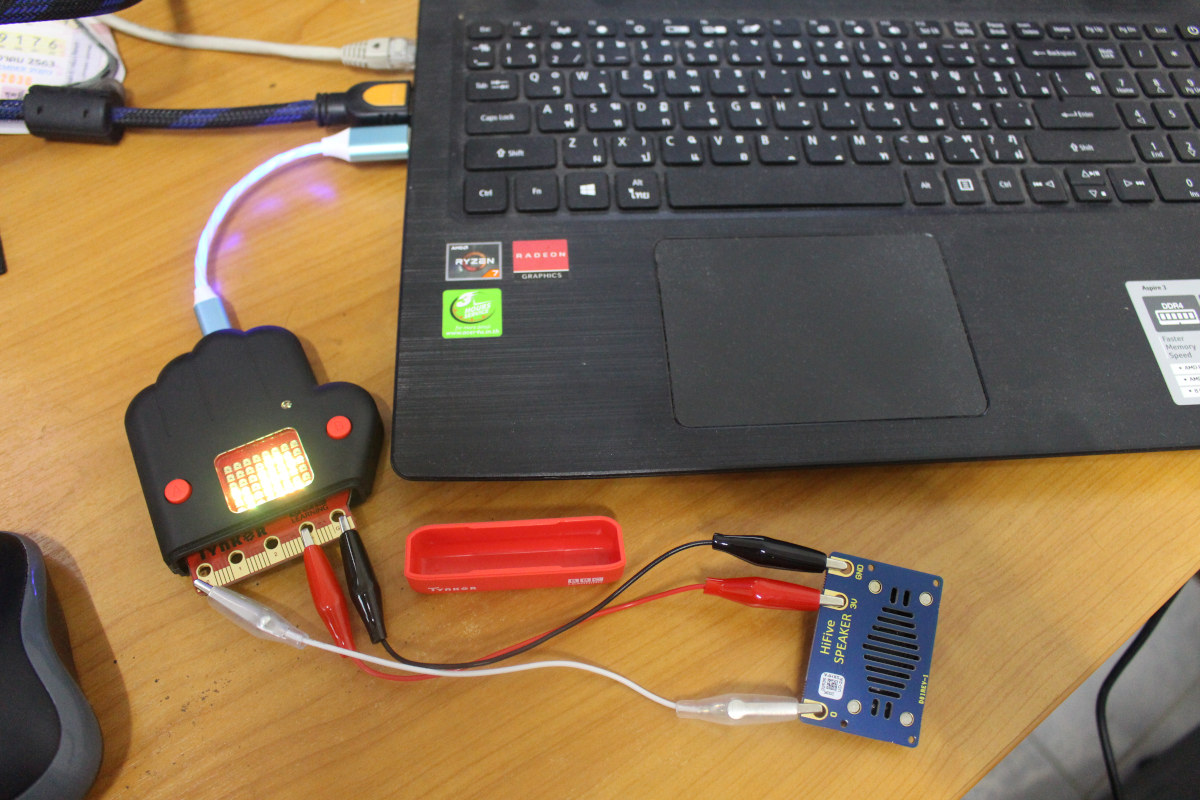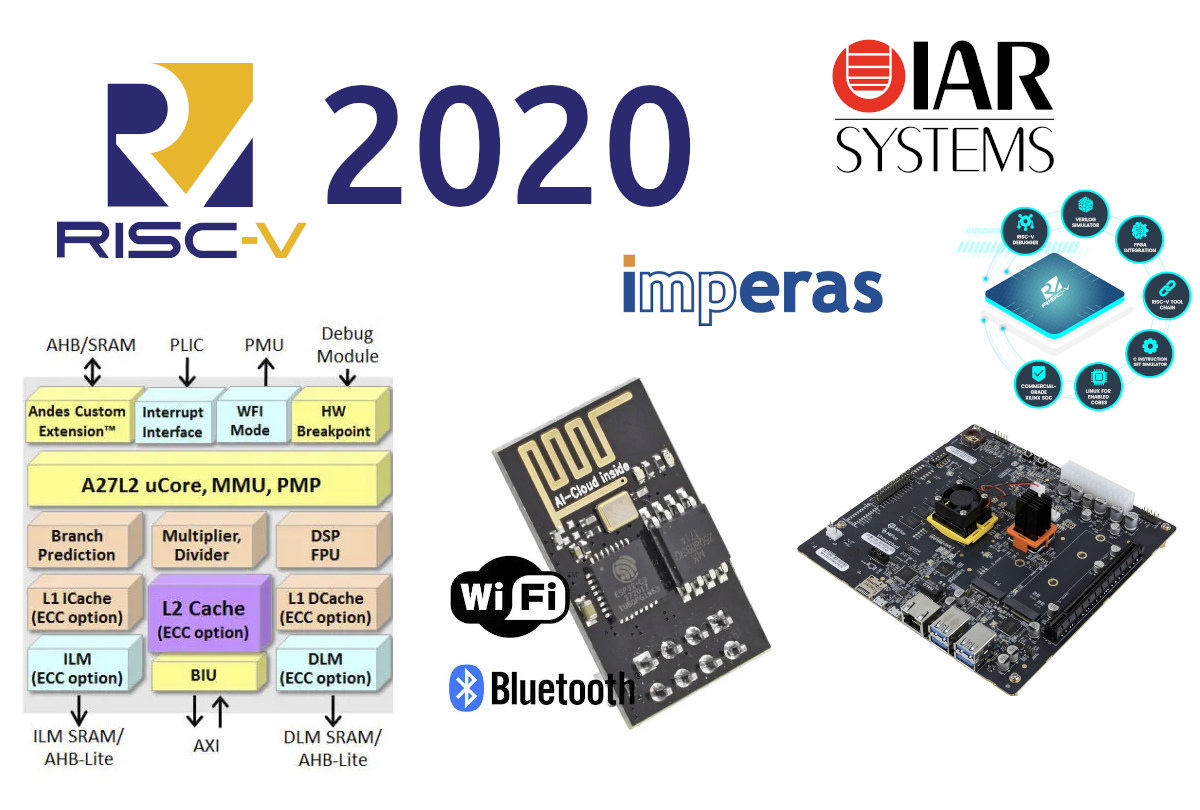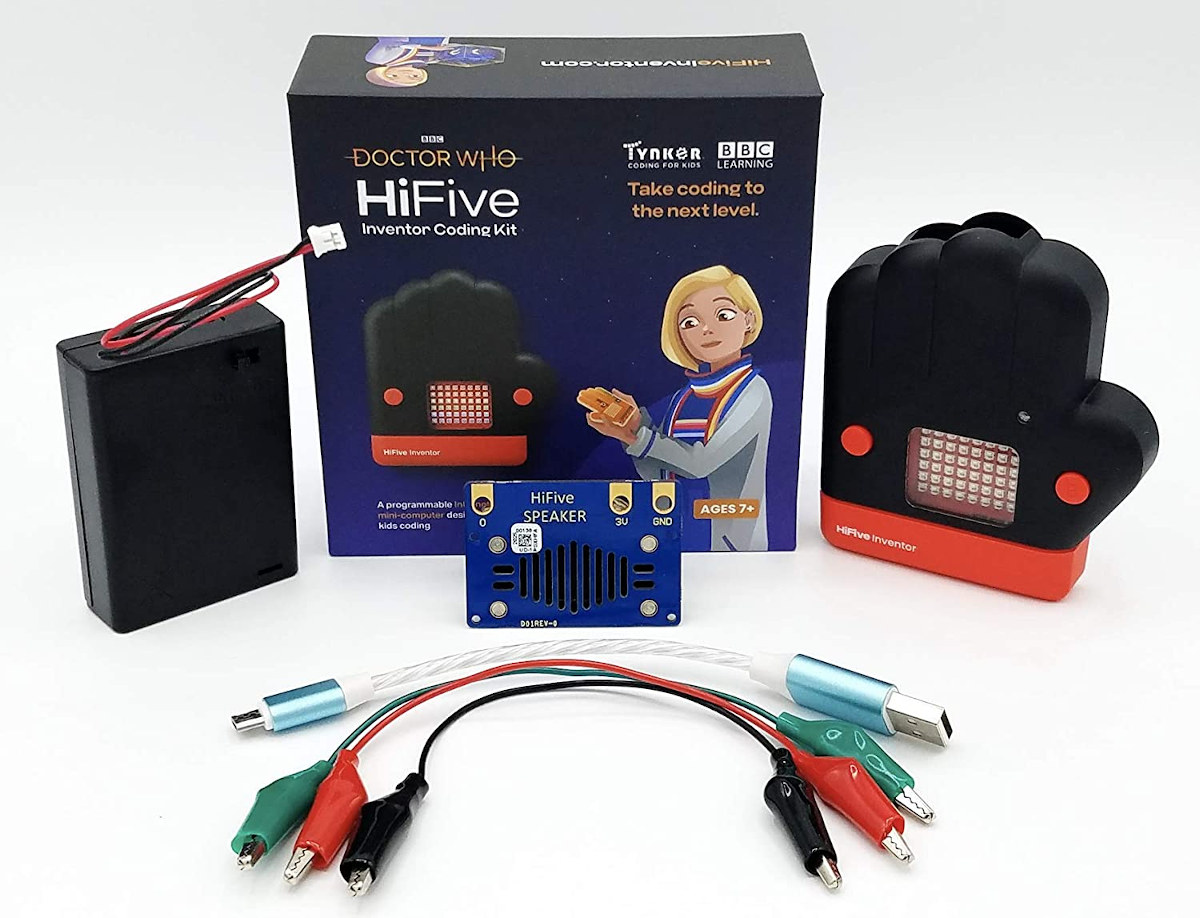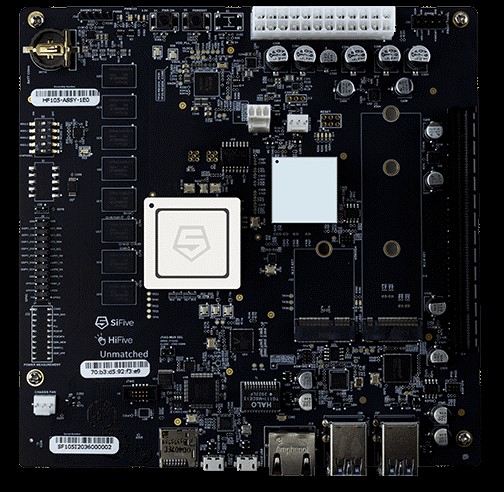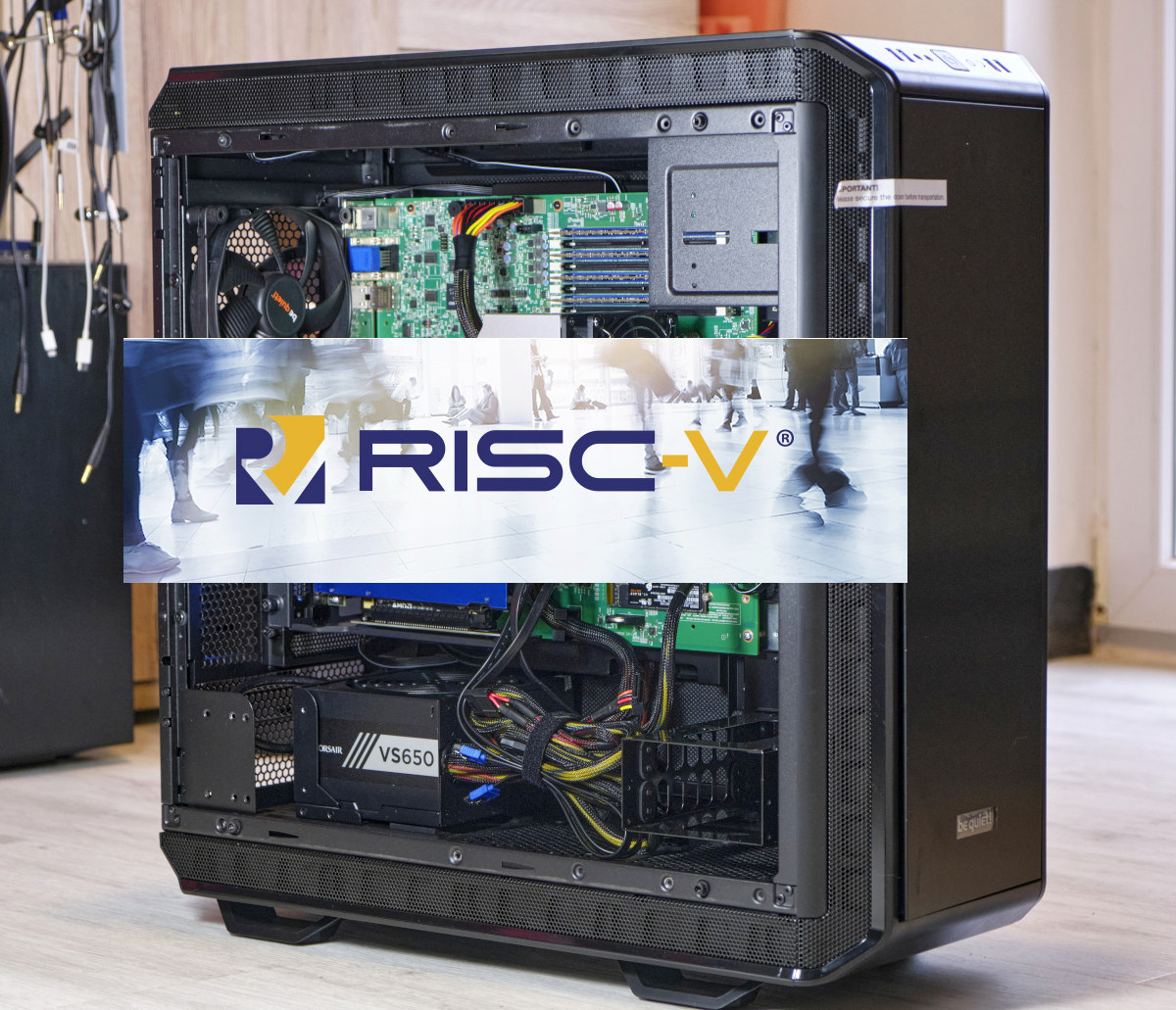Linux 5.12 release was expected last Sunday, but Linus Torvalds decided to release one more release candidate, namely Linux 5.12-RC8, to “make sure things are all settled down“, so the latest Linux kernel is now expected this weekend. Tihs should not yield any significant changes, so we can check what’s new in Linux 5.12, notably with regards to Arm, MIPS, and RISC-V architectures often used in SoC’s found in embedded systems. Around two months ago, the release of Linux 5.11 added support for Intel’s software guard extensions (SGX) and Platform Monitoring Technology (PMT), AMD “Van Gogh” and “Dimgrey cavefish” graphics processors, MIPI I3C host controller interfaces, and much more. Some interesting changes in Linux 5.12 include: Added support for ACRN hypervisor designed for IoT & embedded devices Added support for Playstation DualSense & Nintendo 64 game controllers, as well as Nintendo 64 data cartridges Dynamic thermal power management via a […]
SiFive Core IP 21G1 release improves bit manipulation, floating-point unit, reduces code footprint
As SiFive has a portfolio of RISC-V cores ranging from low-power E2-series to high-performance U8-series cores with performance similar to Cortex-A7x cores, the company has not released new cores for a while, and instead focuses on improving their current RISC-V cores. We saw that last year with the SiFive 20G1 release that improved performance & efficiency, and lowered the silicon area for the same features set. SiFive further improved its cores and ecosystem with the latest SiFive 21G1 release. The main new features brought by SiFive 21G1 release include: SiFive 2-Series and 7-Series processors are now available with the “Bit Manipulation” extension, RV32B, with Zba and Zbb extensions. This can accelerate Cryptographic Hash algorithms by up to 35% Support for FP16 half-precision floating-point computation in order to reduce memory size and power consumption, and for some AI workloads The memory map is now fully programmable SiFive RV64 processors support up […]
Year 2020 in review – Top ten posts and stats
It’s this time of the year when we look back at what happened, and what may be next. 2020 did not pan out as planned in more ways than one, but there were still some interesting developments. Based on 2019 announcements, 2020 was promising to be an exciting year for Amlogic and Rockchip with the expected launch of RK3588 and S908X high-end processors for 8K capable devices, but we’ll have to wait for 2021 for this to happen. Instead, the most interesting processor of the year from the Allwinner, Amlogic, and Rockchip offerings was probably Amlogic S905X4 processing adding AV1 hardware decoding. As pointed out in our “RISC-V 2020 highlights” post, it was a fairly eventful year for RISC-V architecture, although there’s still a long road ahead, especially for application processors. We had seen some general-purpose and Bluetooth RISC-V MCUs in 2019, but 2020 saw the launch of the first […]
BBC Dr Who HiFive Inventor Coding Kit review – Tynker visual programing and MicroPython
The BBC Doctor Who HiFive Inventor Coding Kit was announced at the end of November 2020 with the goal of teaching IoT to young kids. But one day, I noticed the postman left a package on the ground right next to my house’s gate for some reason. I had no idea what it could be until I read it was from SiFive on the package. So here I am about to review BBC Doctor Who HiFive Inventor Coding Kit! The package actually included two small packages with one being an “expansion board”… HiFive Inventor Coding Kit Unboxing We’ve already written about the specs in the announcement post, but here they are again for those who forgot it’s based on SiFive FE310 RISC-V microcontroller and ESP32 for WiFi and Bluetooth. Let’s open the thinner “expansion board” package first. It’s actually the HiFive Inventor board – aka the mainboard – that comes […]
RISC-V hardware & software ecosystem highlights in 2020
The RISC-V Summit 2020 is currently taking place virtually, and RISC-V International, a non-profit corporation aiming to drive the adoption and implementation of the RISC-V instruction set architecture (ISA), took the occasion to remind us of the growth of the ISA both in terms of commercial adaption, education, and other projects. Calista Redmond, CEO of RISC-V International, detailed the growth in memberships: This year, our technical community has grown 66 percent to more than 2,300 individuals in our more than 50 technical and special interest groups. We’re seeing increased market momentum of RISC-V cores, SoCs, developer boards, software and tools across computing from embedded to enterprise … We’re proud of our growing global membership, which has more than doubled in the last year to 1,000 total members, including 222 organizations.” RISC-V also launched the RISC-V Exchange now listing over 124 RISC-V cores, SoCs, and developer boards, as well as 129 […]
BBC Doctor Who “HiFive Inventor” Coding Kit aims to teach IoT to kids
In what should be one of the first RISC-V education platforms, the BBC, Tynker, and SiFive have just announced the BBC Doctor Who “HiFive Inventor” Coding Kit that comes with an MCU board with WiFi & Bluetooth and guided lessons for kids that teach them to code for the IoT. The HiFive Inventor board is based on a SiFive FE310 RISC-V microcontroller ( the same chip as found in the HiFive1 board) and an ESP32 Solo module for WiFi 4 and Bluetooth 4.x/5.x connectivity. Just like the BBC Micro:bit, HiFive Inventor provides a kids-friendly edge connector with I/O, an LED matrix, sensors, and more. The kit includes the HiFive Inventor hardware platform, a battery holder for three AA batteries (not included), the HiFive Speakers, an illuminated USB cable for power and programming, and alligator clips to connect the speaker or other add-ons to the HiFive Inventor board. HiFive Inventor board […]
SiFive launches HiFive Unmatched mini-ITX motherboard for RISC-V PC’s
When it comes to RISC-V based SoC, SiFive has always set a benchmark in the RISC-V ecosystem. On 29th October 2020, SiFive confirmed the first-ever RISC-V PC. After an increased demand for AI-focused RISC-V microarchitecture, targeting all applications from artificial intelligence, the internet of things, high-performance computing, and now even desktop PCs. SiFive Freedom U740 powered HiFive Unmatched mini-ITX motherboard comes with a complete development environment which allows developers to create RISC-V based applications from bare-metal to Linux-based systems. “HiFive Unmatched ushers in a new era of RISC-V Linux development with a platform in a PC form factor. Powered by the SiFive Freedom U740, a high-performance multi-core, 64-bit dual-issue, superscalar RISC-V processor.”, SiFive says. It is the world’s fastest native RISC-V development platform. SiFive HiFive Unmatched Board At the heart of the SiFive board is a SiFive FU740 processor coupled with 8 GB DDR4 memory and 32 MB SPI Flash. It […]
SiFive to Debut RISC-V PC for Developers based on Freedom U740 next-gen SoC
In recent years, people have discussed the need to have Arm-based PCs or workstations for developers to work directly on the target hardware, and there are now several options including SynQuacer E-Series 24-Core Arm PC, Ampere eMAG 64bit Arm Workstation, and HoneyComb LX2K 16-core Arm Workstation. Now it appears we’ll soon get something similar for RISC-V architecture with SiFive to debut the first RISC-V PC for developers at the Linley Fall Processor Conference 2020 taking place on October 20-22 and October 27-29. The PC will be powered by Freedom U740 next-generation RISC-V processor that will also be introduced at the event. We have very few details about this point in time, but the company points the SiFive Freedom U740 (FU740) SoC will enable professional developers to create RISC-V applications from bare-metal to Linux-based. The processor is said to combines a heterogeneous mix+match core complex with modern PC expansion capabilities, which […]


